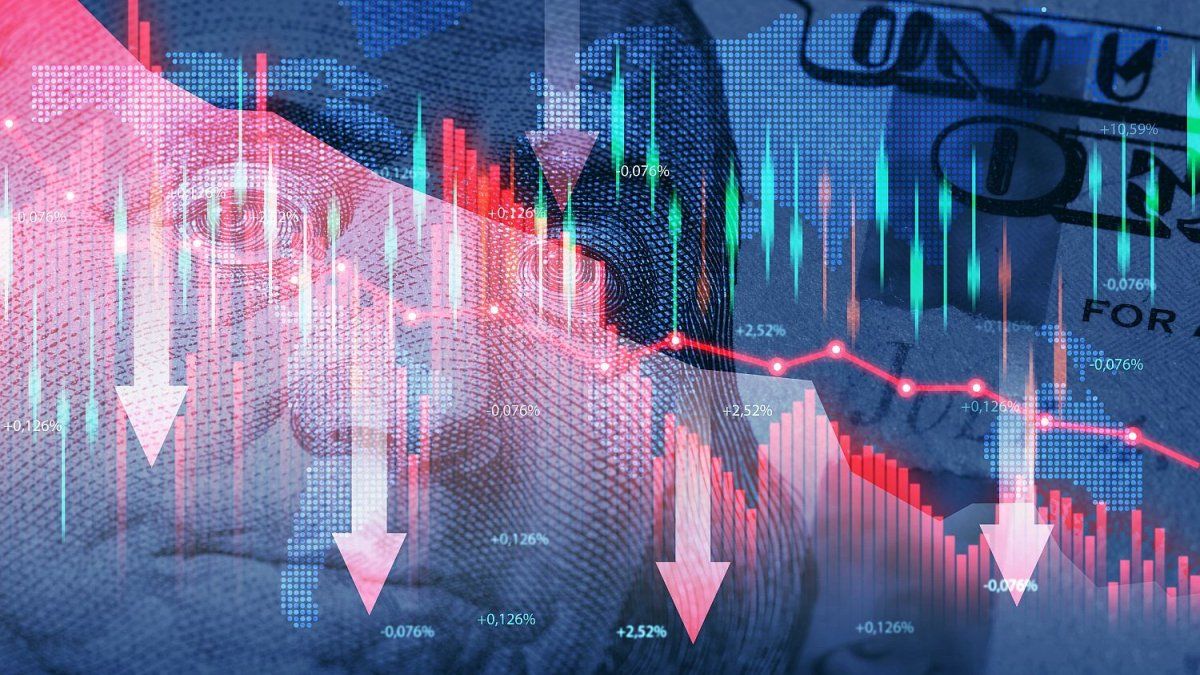It was in June 1974 when a barcode on a product was scanned for the first time at a supermarket checkout. Experts expect that the code will be replaced in a few years.
Thick lines and thin lines, with white in between. Everyone knows them. Barcodes can be found on food, but also on the packaging of electronic items and labels of new clothing. They are an indispensable part of consumers’ everyday lives. On June 26, 2024, the barcode will celebrate its 50th birthday. The most important facts about the famous codes:
How they work
More than a billion products now have a barcode, and they are scanned ten billion times a day worldwide. The code is based on the GTIN underneath, a 13-digit article number. The Cologne-based company GS1 issues the numbers to retailers so that they can label their products and make them identifiable and sell them worldwide. The barcode is then generated using special software. The content of the code and number is the same, only the representation differs. Companies pay a license fee for this, the amount of which depends on annual sales and the number of article numbers required. There are 116 country organizations worldwide that also offer this.
Each product has its own barcode. All Milka Alpine milk chocolate bars have the same item number, while the hazelnut variety has its own. The encrypted code allows each item to be identified worldwide. If a cashier swipes it over the scanner, the system recognizes which product it is. Information on the brand, variety, weight, size, ingredients and nutritional values is stored. Why does it beep when scanning? The sound signals to the cashier that an item has been recorded. If not, it can be scanned again or entered manually.
The inventors
The inventors of the codes are the Americans Joseph Woodland and Bernard Silver. In order to be able to read product information automatically without numbers, the two students developed a concept in 1948 and 1949 and applied for a patent. However, it was years before the first product was swiped through a cash register. In 1962, Silver and Woodland sold their now protected invention to the company Philco for 15,000 US dollars. Several manufacturers then set about developing barcodes and scanners using laser technology.
The premiere
In 1971, retailers and manufacturers in the USA agreed to introduce the “Universal Product Code” (UPC) standard. The barcode premiered on June 26, 1974. On that day, the first item, a pack of Wrigley’s Juicy Fruit chewing gum, was scanned with a special device in a Marsh supermarket in Ohio, USA. It was the year in which Germany won the World Cup final.
In 1976, retailer organizations and countries in Europe agreed on the 13-digit EAN code – the so-called “European Article Number”. In Germany, the Wuppertal company Wichartz was the first to label one of its spice mixes with a barcode on July 1, 1977. The first scanner checkout was put into operation in a “Südmarkt” supermarket in Augsburg in October 1977. According to GS1, almost all packaged food for end consumers in Germany had a code from 1984 onwards. The EAN was renamed GTIN in 2009.
Experts like Stephan Rüschen are convinced of the benefits of the technology. “Over the last few decades, the barcode has not only made checkout easier, but has also significantly improved the entire process chain in retail,” says the professor of food retail at the Baden-Württemberg Cooperative State University in Heilbronn.
Supermarket etiquette: What annoys customers and employees at the checkout – and what they want
01:31 min
Aldi was the last to switch
Until the 1970s, every item in retail worldwide had to be individually labelled and every price had to be typed in – even at the large food retailers in Germany. Companies gradually introduced scanner checkouts. Edeka installed the first one in Zwingenberg in Baden-Württemberg in 1981. The discounter Lidl switched in 1996. Aldi Süd was later; by 2002, all branches were equipped with modern scanner checkouts, and Aldi Nord even one year later. Looking back on the time when the cashiers still knew all the item numbers by heart and typed them in at breakneck speed, they still like to talk about a myth at Aldi.
Consumers can now decode barcodes using special smartphone apps such as Barcoo. Anyone who scans a product in the supermarket has access to additional product information such as nutritional information.
Pop culture and advertising
The barcode also appears outside of its original area of use. The artist Scott Blake creates images of famous people such as Marilyn Monroe that consist only of barcodes. The street artist Banksy has also repeatedly used the code in his works. The Cologne private brewery Gaffel also plays with the design. For years, it has printed a barcode in the shape of the Cologne Cathedral on its party kegs and six-packs of Kölsch.
Barcode forever and ever?
“Thank you, dear Barcode, for your achievements in the past. The future belongs to others,” says retail expert Rüschen. What will happen next is already becoming clear. The company GS1 expects a gradual switch to two-dimensional codes such as the QR code. The process is already underway and retail companies are being prepared for the switch, they say. The camera-based scanners required for this are already installed in more than 80 percent of retail checkouts, according to GS1.
Why is a change necessary? “Consumers are more critical today, they want more information about a product, about allergens, data on sustainability and packaging,” says expert Sandra Hohenecker from GS1. This large amount of data cannot be represented with the article number, but with QR codes this is easily possible and can be transparently tracked by customers. Another advantage: the best-before date can also be stored. One thing does not change with the QR code: articles are scanned individually at the checkout.
This is different with the RFID tag. Expert Rüschen sees good prospects for this technology. The process for automatically identifying objects via radio is already being used by textile retailers such as Zara, Uniqlo and Decathlon. The items do not have to be scanned individually, but can be recorded simultaneously – when the shopping cart is pushed through a gate or the products are placed in a bowl. The tag can uniquely identify each individual item. This means that 1,000 Nutella jars do not have a common number, but 1,000 different ones.
The disadvantage: Individual labeling is time-consuming, and RFID tags are more expensive. That’s why they are more suitable for higher-priced clothing products than for a 60-cent yogurt pot, says Rüschen. He can imagine that RFID will finally prevail in the food sector in the next five to ten years. Sandra Hohenecker expects that several codes will become established, depending on where they are used. She cannot predict when the barcode will finally be replaced.
Source: Stern




